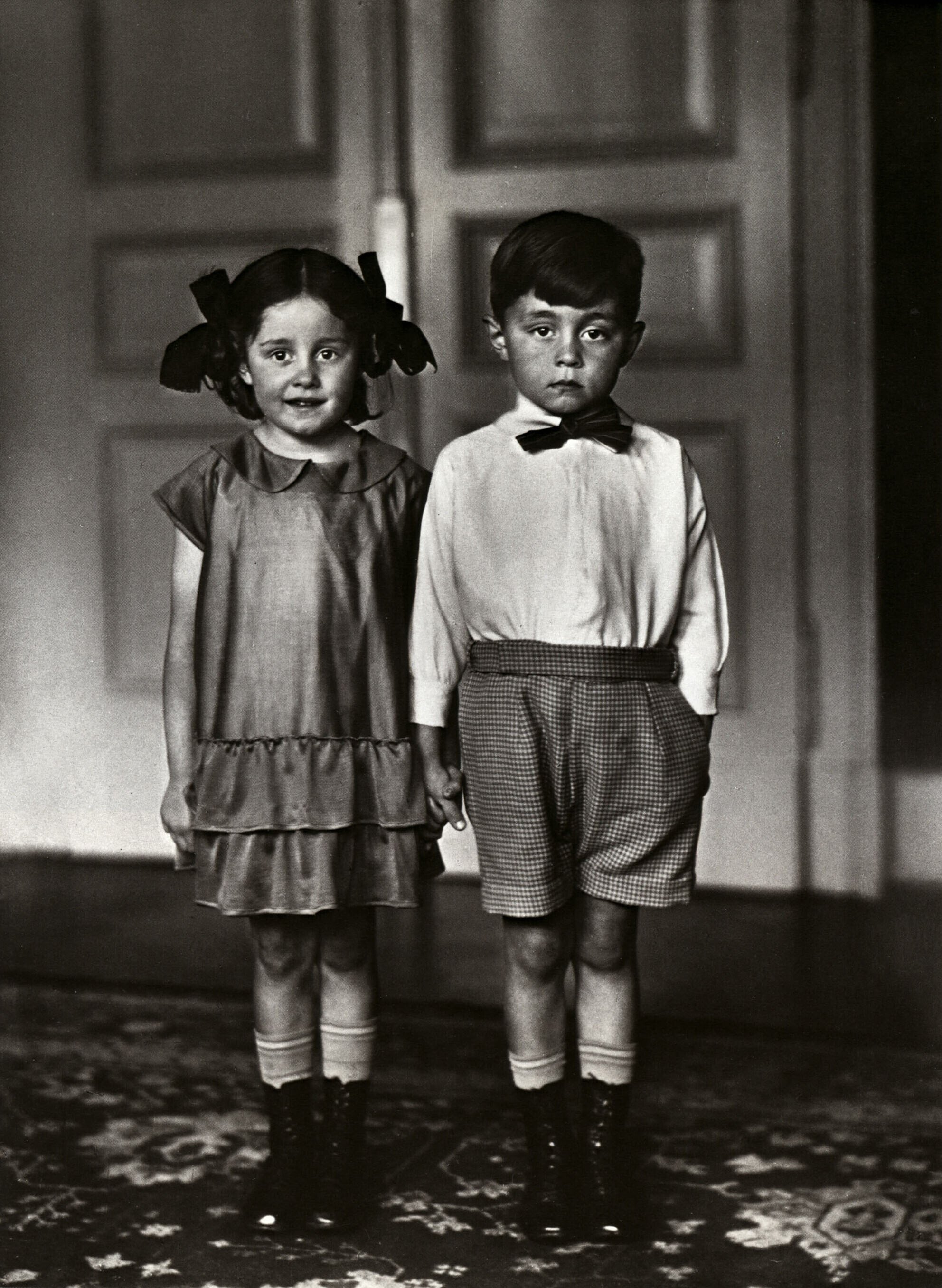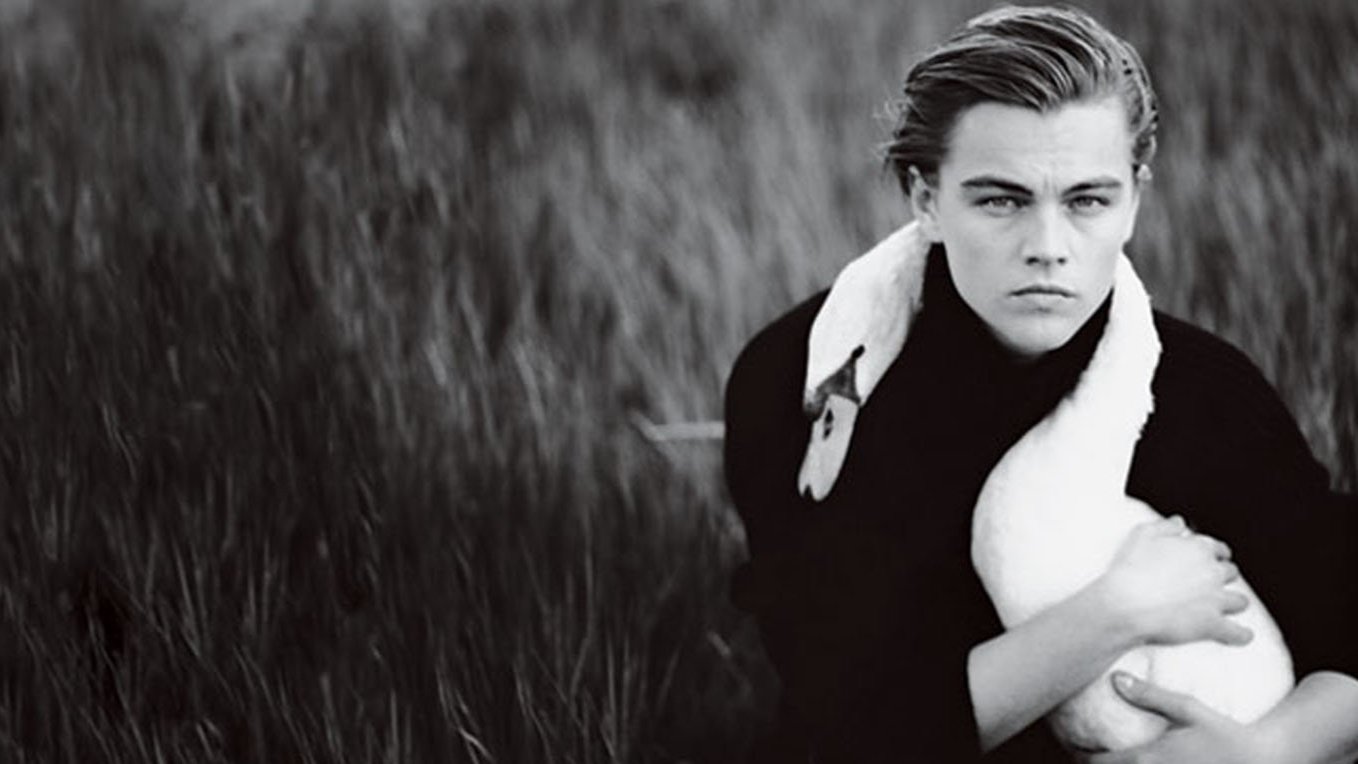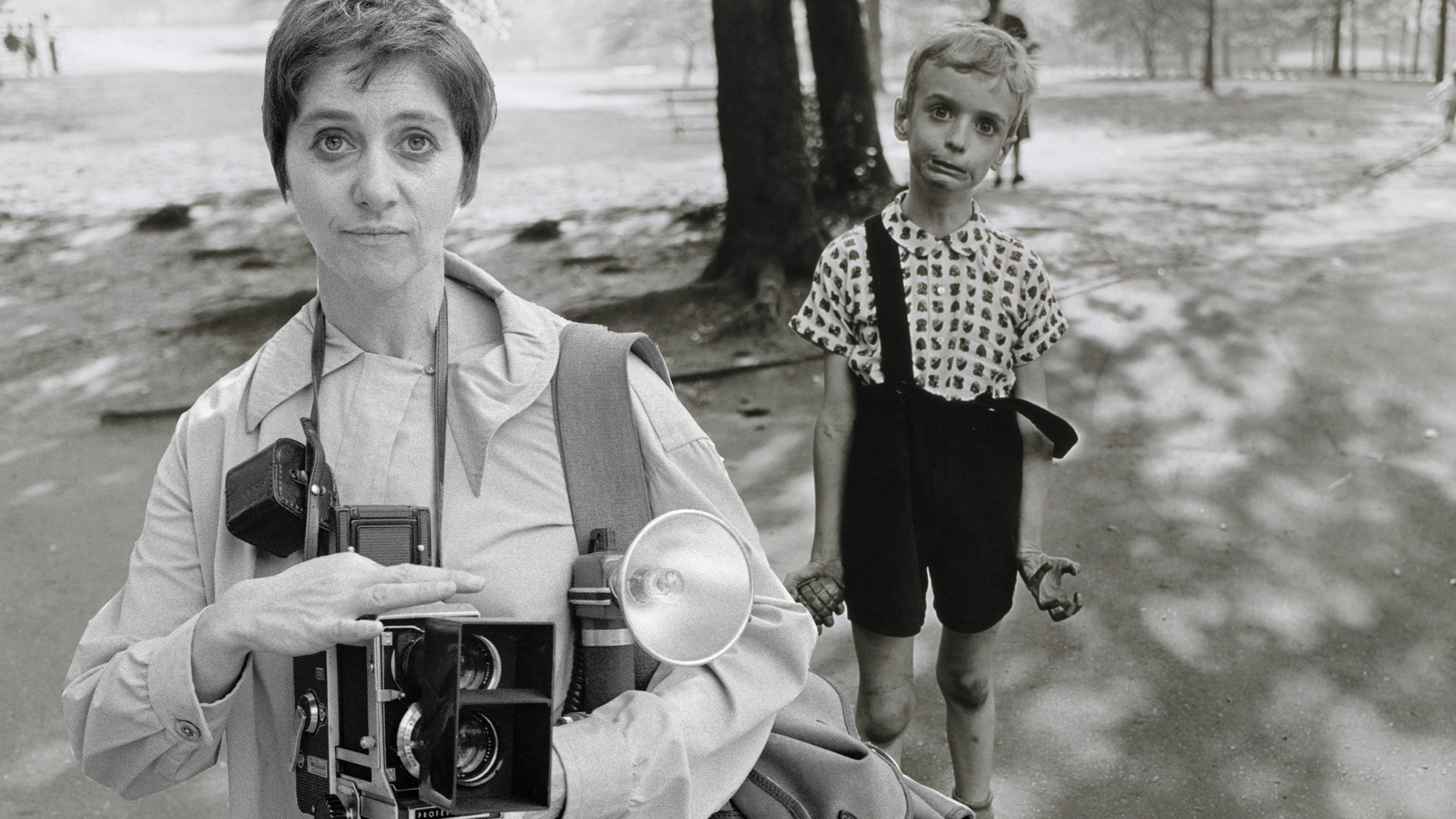Diane Arbus
"A photograph is a secret about a secret. The more it tells you, the less you know."
Diane Arbus was an American photographer known for her striking and often controversial black-and-white portraits of people living on the margins of society. Her work challenged conventional notions of beauty and normalcy, offering a unique perspective on the human experience. By capturing subjects that were frequently overlooked or stigmatized, Arbus created a powerful visual narrative that continues to captivate and provoke audiences today.
Early Life and Career
Born in New York City in 1923, Diane Arbus grew up in a wealthy family that owned a successful department store. She married Allan Arbus at the age of 18, and together they pursued careers in fashion photography, collaborating on projects for magazines such as Vogue and Harper's Bazaar.
However, Arbus eventually became disillusioned with the world of fashion photography and sought to create images that were more personal and emotionally resonant. In the late 1950s, she began to study photography under the guidance of influential photographers such as Lisette Model and Alexey Brodovitch. These experiences helped shape her unique photographic style and cemented her desire to focus on documentary and portrait photography.
Photographic Style and Techniques
Diane Arbus's photographic style was characterized by its raw, unflinching portrayal of subjects and its exploration of identity, personal struggles, and the complexities of human existence. Some key aspects of her style and techniques include:
Direct Connection with Subjects: Arbus often spent considerable time getting to know her subjects, fostering a sense of trust and intimacy that allowed her to capture their true essence in her images.
Square Format: Arbus frequently used a square-format Rolleiflex camera, which lent her images a distinctive and recognizable aesthetic.
Straightforward Composition: Arbus's images were often composed with her subjects placed centrally in the frame, which served to emphasize their presence and confront the viewer directly.
Natural Light: Arbus typically worked with natural light, allowing her subjects' environments to inform the mood and atmosphere of her images.
Career Highlights
Some notable highlights of Diane Arbus's career include:
Her groundbreaking 1967 exhibition, "New Documents," at the Museum of Modern Art in New York, which she shared with photographers Garry Winogrand and Lee Friedlander. This exhibition introduced her work to a wider audience and established her as a significant voice in the world of photography.
Receiving a Guggenheim Fellowship in 1963 and 1966, which provided financial support for her ongoing exploration of marginalized communities.
Posthumous retrospectives of her work, such as the 1972 exhibition at the Museum of Modern Art, which solidified her status as an influential figure in the history of photography.
Photography Gear
Diane Arbus used various photography gear throughout her career, including:
Cameras: Arbus primarily worked with a twin-lens reflex Rolleiflex camera, which produced 6x6 cm square negatives. She later transitioned to using a Mamiya C33 camera for greater flexibility and convenience.
Lenses: Arbus typically used a standard 80mm lens on her Rolleiflex camera, which provided a natural and undistorted perspective.
Flash: In low-light situations or to create a specific mood, Arbus sometimes utilized an on-camera flash, which contributed to the stark and intimate nature of her images.
Published Works
"Diane Arbus Revelations": This comprehensive book offers an in-depth look at Diane Arbus's life and work, featuring a wealth of photographs, contact sheets, and personal documents. It provides a unique understanding of her artistic vision and the development of her signature style.
"Diane Arbus: An Aperture Monograph: Fortieth-Anniversary Edition": This anniversary edition of the classic monograph showcases a selection of Diane Arbus's most iconic photographs, accompanied by insightful essays and biographical information. It is a testament to her enduring influence on the world of photography.
"Diane Arbus Documents": This book provides a detailed account of Arbus's life through her letters, notebooks, and other personal documents. It offers a fascinating glimpse into her creative process, personal relationships, and artistic growth.
"Diane Arbus: Portrait of a Photographer": This biography delves into the complex and enigmatic life of Diane Arbus, exploring her personal struggles and artistic achievements. It provides a comprehensive account of her life, influences, and photographic legacy.
"Diane Arbus: A box of ten photographs": This publication presents a collection of ten carefully selected photographs by Diane Arbus, offering a unique insight into her approach to portraiture and her ability to capture the essence of her subjects.
"Diane Arbus: Untitled": This book showcases a series of previously unpublished photographs by Diane Arbus, focusing on her work with individuals living on the fringes of society. It is a powerful testament to her ability to find beauty in the unconventional and overlooked.
"Diane Arbus: A Biography": This biography offers a detailed account of Diane Arbus's life and work, exploring her personal struggles, artistic vision, and enduring influence on the world of photography. It provides an in-depth look at her journey as an artist and her impact on the medium.
Quotes
"A photograph is a secret about a secret. The more it tells you, the less you know."
"The thing that's important to know is that you never know. You're always sort of feeling your way."
"I really believe there are things nobody would see if I didn't photograph them."
"Giving a camera to Diane Arbus is like putting a live grenade in the hands of a child."
"For me, the subject of the picture is always more important than the picture."
Legacy and Influence
Diane Arbus's legacy as a groundbreaking and provocative photographer endures today. Her intimate and sometimes controversial portraits of individuals on the fringes of society have influenced generations of photographers, including Mary Ellen Mark, Nan Goldin, and Sally Mann. Arbus's work has also had a lasting impact on the broader visual arts, with her images appearing in various films, books, and exhibitions.
By challenging societal norms and providing a platform for underrepresented voices, Diane Arbus revolutionized the world of documentary and portrait photography. Her fearless exploration of the human condition and commitment to revealing the complexity of her subjects' lives continue to inspire photographers to push the boundaries of their work and engage with the world around them in new and meaningful ways.
















“There are and have been and will be an infinite number of things on Earth. Individuals all different, all wanting different things, all knowing different things, all loving different things, all looking different… . That is what I love: the differentness.”